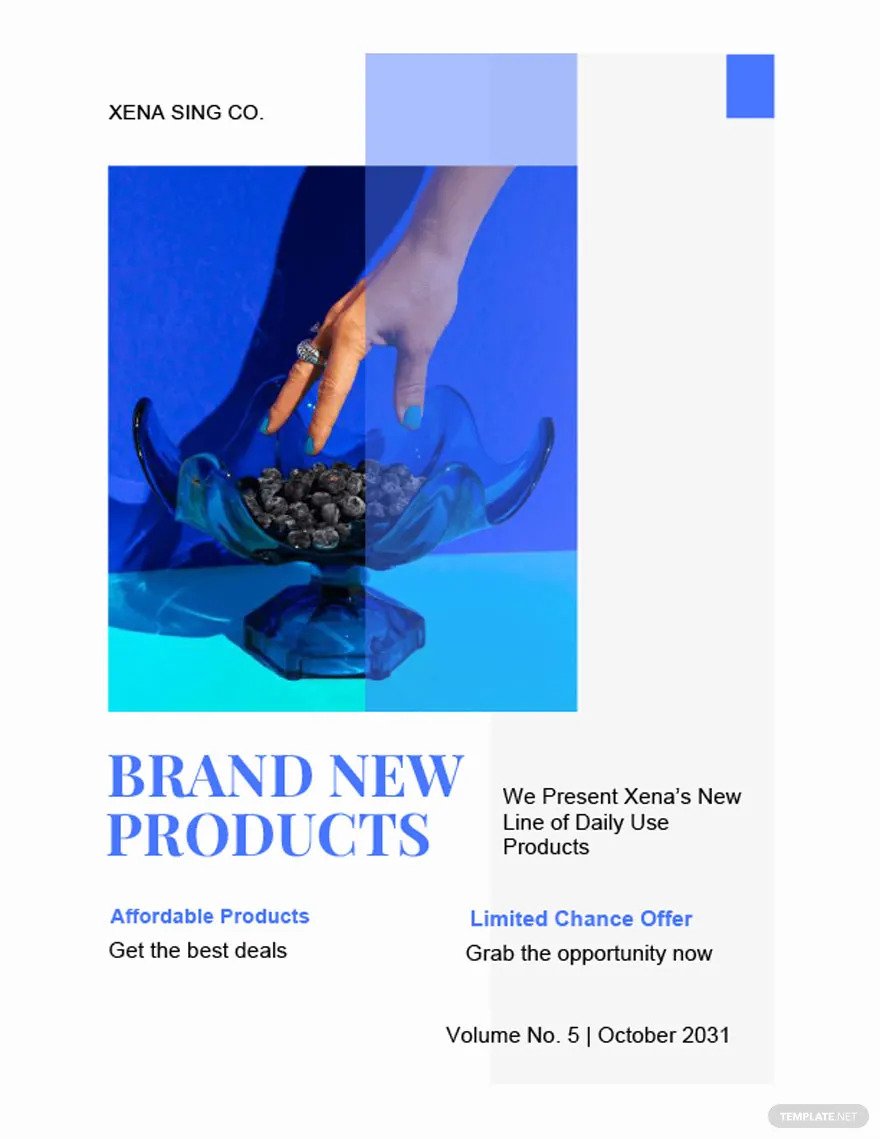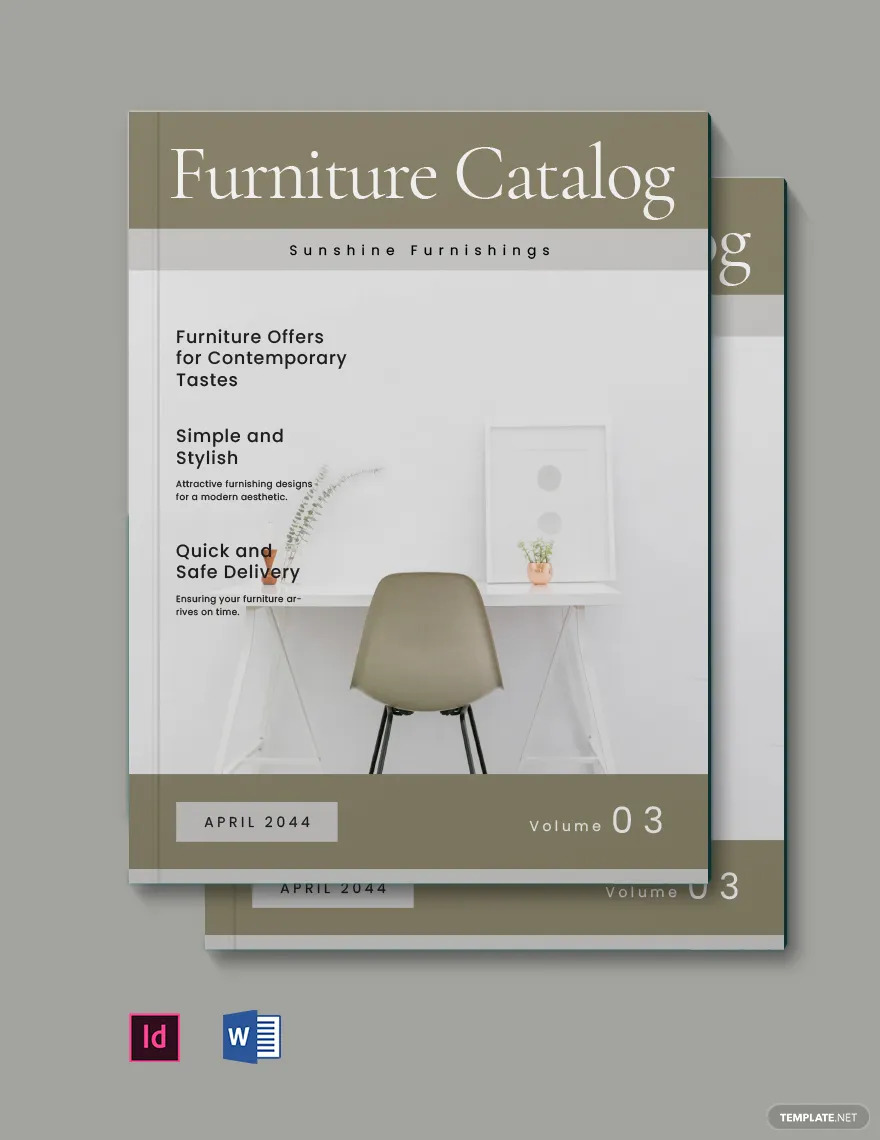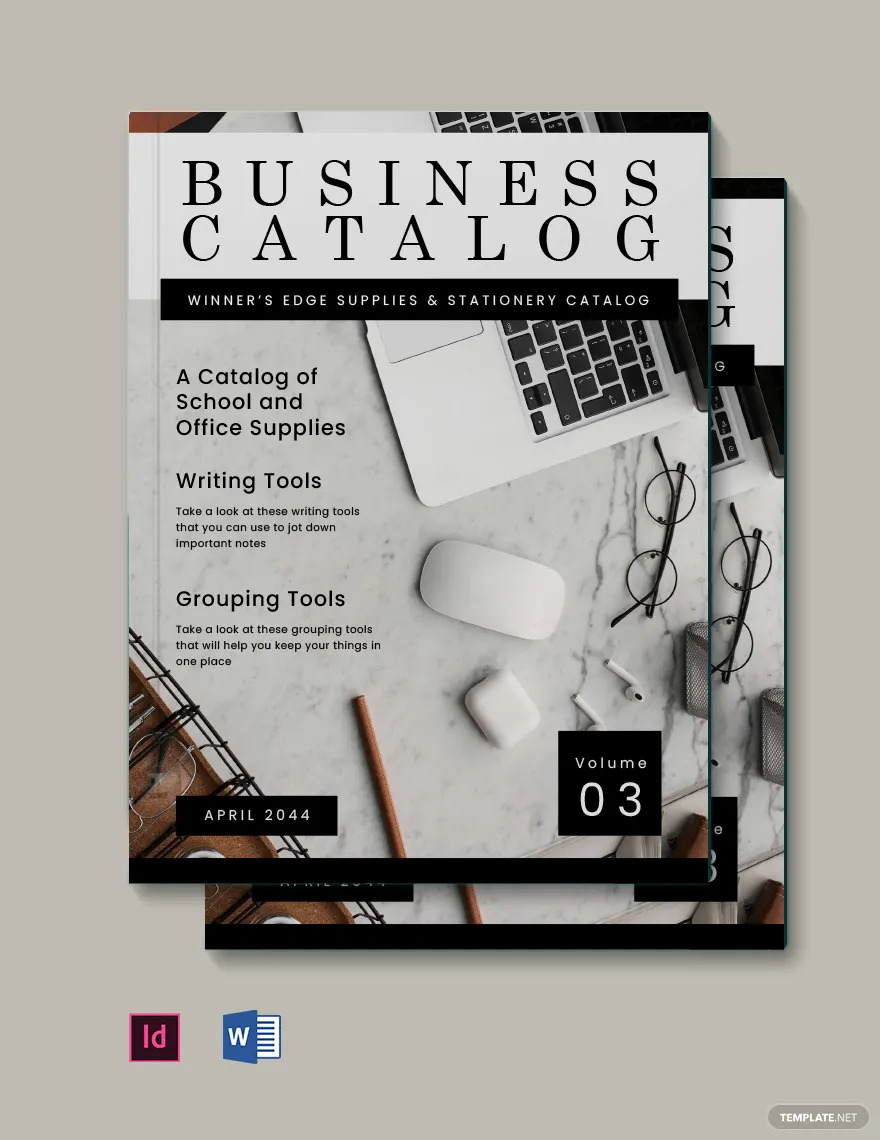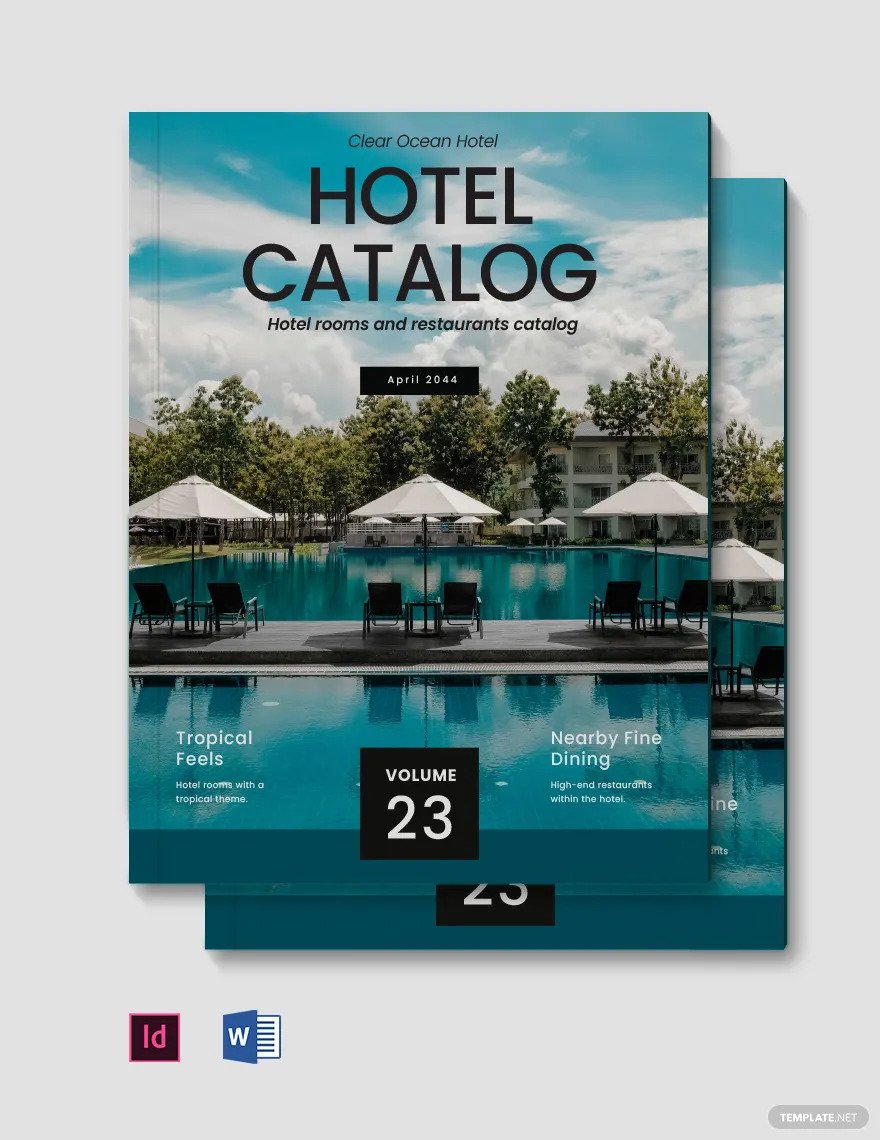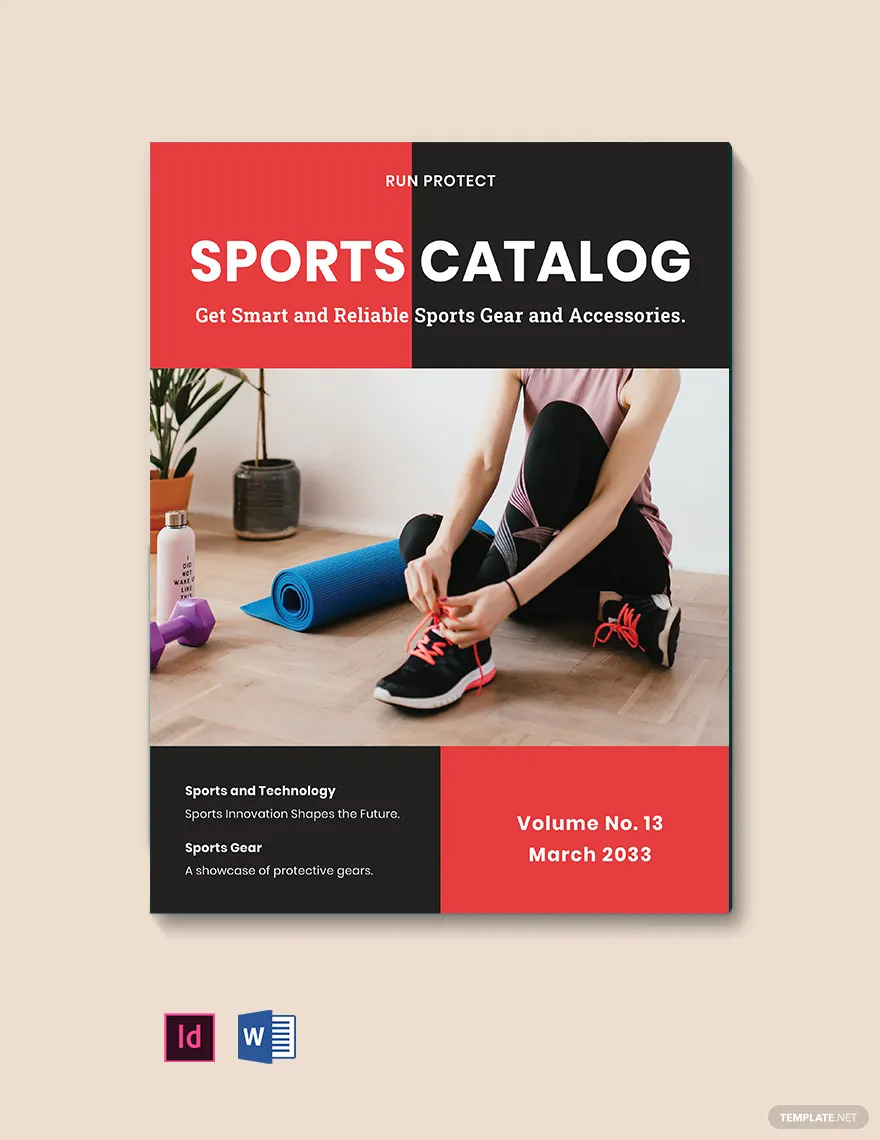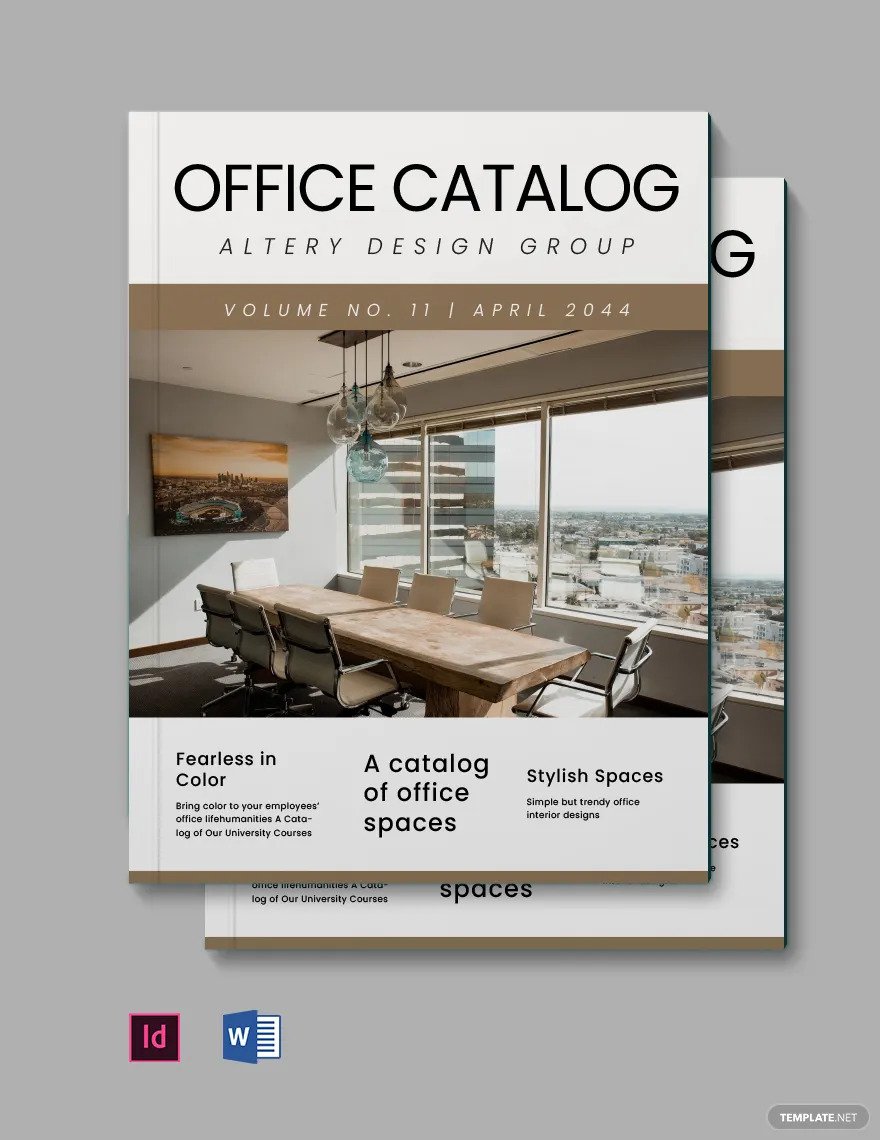Table of Contents
- Catalog Definition and Meaning
- What Is a Catalog?
- 10 Types of Catalog
- Catalog Uses, Purpose, Importance
- What’s in a Catalog? Parts?
- How To Design a Catalog?
- Catalog vs. Catalogue
- What’s the Difference Between a Catalog, Booklet, and Lookbook?
- Catalog Sizes
- Catalog Ideas and Examples
- Catalog FAQs
- More in Catalog
Catalogs
Catalogs, by definition, are documents that contain a list of items in alphabetical or synchronous order. In business, most companies utilize these catalogs to create a publication that includes objects for sale, especially products that a business can mail to its clients.

Download the Free Catalog Article in PDF
File Format:
Catalog Definition and Meaning
A catalog is a written or printed list of items, including products and services, in a systematic order that companies use to market their brand.
These catalogs are available in different industries and organizations, including fashion, clothing, food, hotel, etc.
What Is a Catalog?
Catalogs are marketing tools companies utilize to sell their products and services to the public. These catalogs list essential information about brand offers, like product features, descriptions, price, dimensions, color, etc. Catalogs are valuable instruments for sales and marketing groups, including sales representatives, store clerks, and field marketers.
10 Types of Catalog
Fashion Catalog
One of the common types of catalogs people find in the market is fashion catalogs. These print materials contain different fashion items, ranging from tops, bottoms, shoes, and accessories that a company sells to its customers. Most fashion catalogs have photos to distinguish their products from one another.
Service Catalog
Service catalogs contain a list of services that a business offers. These catalogs provide necessary information about company services, especially the inclusions in implementing these activities. The organization’s contact information must also be available in the catalog so that interested parties are able to directly contact the company.
Product Catalog
Companies use product catalogs to showcase their brand, including the products and services they sell. A product catalog is an excellent marketing tool, especially for sales personnel. Business-to-consumer (B2C) markets utilize these catalogs the most.
Furniture Catalog
Exhibit best-selling and brand-new furniture using minimalistic and elegant designs for a furniture catalog. Incorporate room setups to showcase products in a group or a single-page photo to show furnishings in their entirety. Use colors that match the product photos in the catalog for a refreshing design.
Business Catalog
A business catalog advertises a business to potential clients and partners. Whether the organization focuses on selling products or services, business catalogs highlight the best products or services that an organization offers to the public. These catalogs guarantee that clients and partners know what a company sells and are upfront about their products.
Clothing Catalog
The clothing industry is one of the most marketable, offering various products to consumers. Companies sell apparel, including tops, bottoms, dresses, shoes, and other accessories. A clothing catalog houses these products in a systematic order appealing to customers.
Food Catalog
Market food products using a clean and beautiful food catalog design. Showcasing food items and meals increases sales and brand awareness for the company. Incorporate the best photos of products and dishes in the catalog for a positive result.
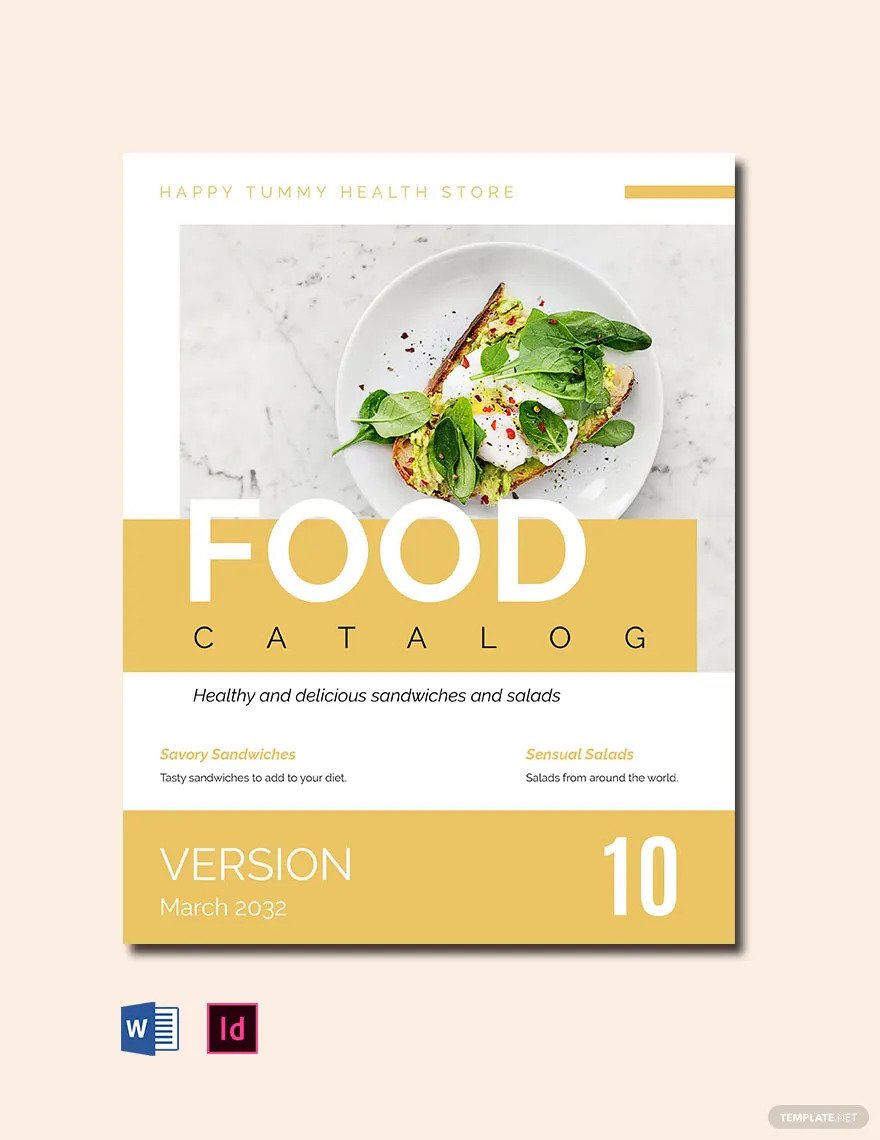
Hotel Catalog
Showcase staff hospitality and world-class amenities of a hotel using a hotel catalog. A positive advertising campaign can boost the number of guests and people searching for the hotel. Feature hotel deals for rooms and scenic locations guests can visit during their stay at the hotel.
Sports Catalog
Attract sports and wellness enthusiasts with a well-composed and attractive sports catalog. Market products or services to customers, incorporating different exercises and ideas to accompany these items. Use sports equipment and people in photographs to relate with customers better.
Office Catalog
An office catalog documents equipment and furniture to perform daily activities with ease. Catalogs also depict how these items help conclude office-related tasks quicker and more efficiently. Accompany each photo with the name of the item, a brief description and its price to avoid confusion.
Catalog Uses, Purpose, Importance
Catalogs are effective marketing materials for many individuals and organizations specializing in sales. Different industries have sales representatives, buyers, and store managers to deal with the sale and purchase of products. The section below covers the purpose of catalogs for these groups of people.
Improves Conversion Rate
Catalogs help improve conversion rates because sales representatives and customers have material to start contextual conversations instead of listing problems. It becomes easier to find the best solutions through viable products and services. It makes it effortless to find suggestions and approvals to buy the right products.
Enhance Branding
Since catalogs contain information about products and services, it is an effective way to promote the brand. Incorporating striking colors, a brand logo, and a call to action make the brand and the catalog stand out from the rest. Doing so makes people remember the brand after browsing through its catalog.
Smooth Flow of Information
A catalog enables a smooth transition of information from internal and external sources. The catalog developing team writes and publishes content in management systems for end-users. In doing so, content is unique and easy to understand, whether sending a printed or digital catalog.
Improve User Experience
When customers have the necessary information concerning products and services from a company, it enhances the user experience. It is especially true when content is accurate across different categories and channels. Identifying consumer needs enables markets to tailor catalogs to match these demands.
Reduce Business Cycles
Instead of numerous questions and inquiries about specific products and their information, catalogs provide all the necessary information to customers. As a result, it reduces clogs in the business process. It also lessens the engagement time between one customer to another in that way representatives are able to cater to more clients.
What’s in a Catalog? Parts?
Front Cover
The front cover of a catalog must contain eye-catching pictures, fonts, and colors that blend well together to gain the audience’s attention. Catalog front covers represent the industry or company and the product and service it contains. Front covers must also have the catalog’s date of publication.
Product
The products in the catalog must have all the essential information that clients or customers need to make a sale. It must include a clear product description, making readers understand the meaning and significance of each product, including a call to action, dimensions, possible discounts, features, price, safety measures, etc. Incorporate storytelling and personality into the descriptions to make audiences continue reading.
Photographs/Illustrations
Shoppers will have a difficult time visualizing products, and incorporating images is the selling point of catalogs. Using attractive and powerful illustrations retains audiences to read through the catalog’s contents. Photos can also increase the conversion rate of buyers.
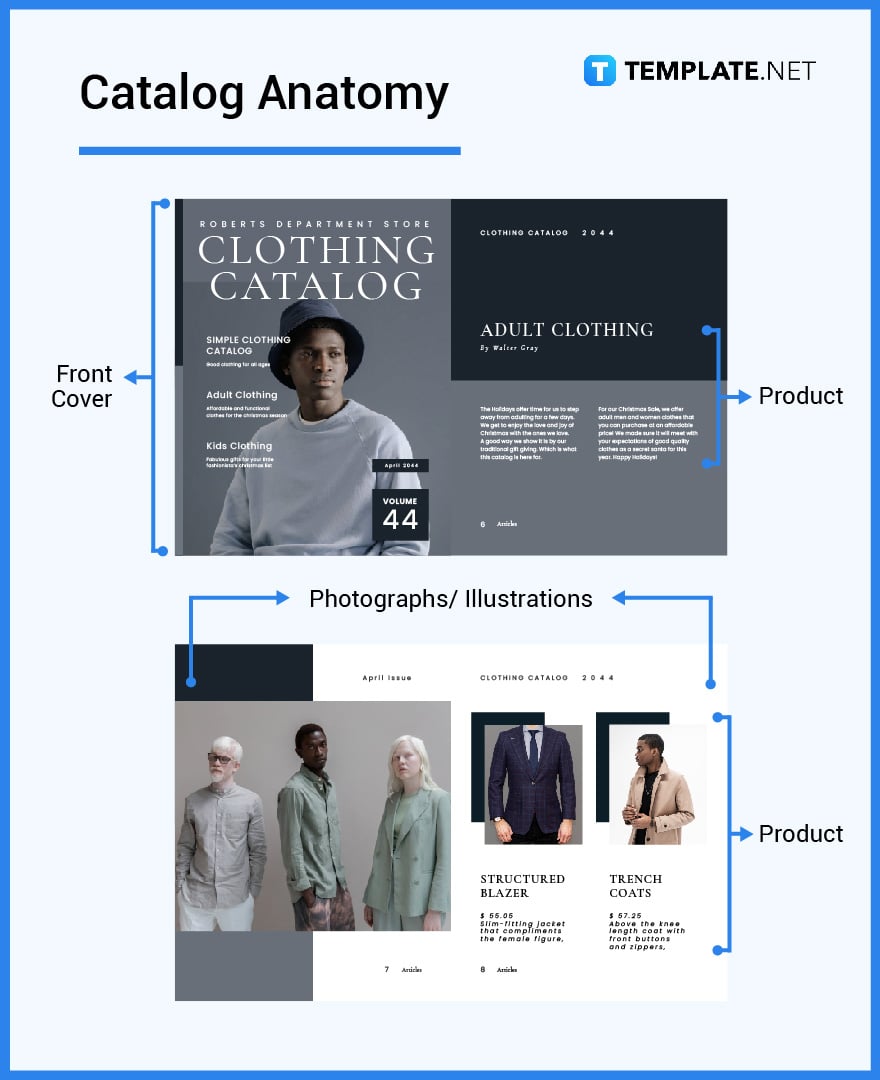
How To Design a Catalog?
1. Choose a catalog size
2. Specify the purpose of creating the catalog.
3. Select the catalog template.
4. Choose attractive product photos.
5. Edit the product descriptions.
6. Finalize changes and save your work.
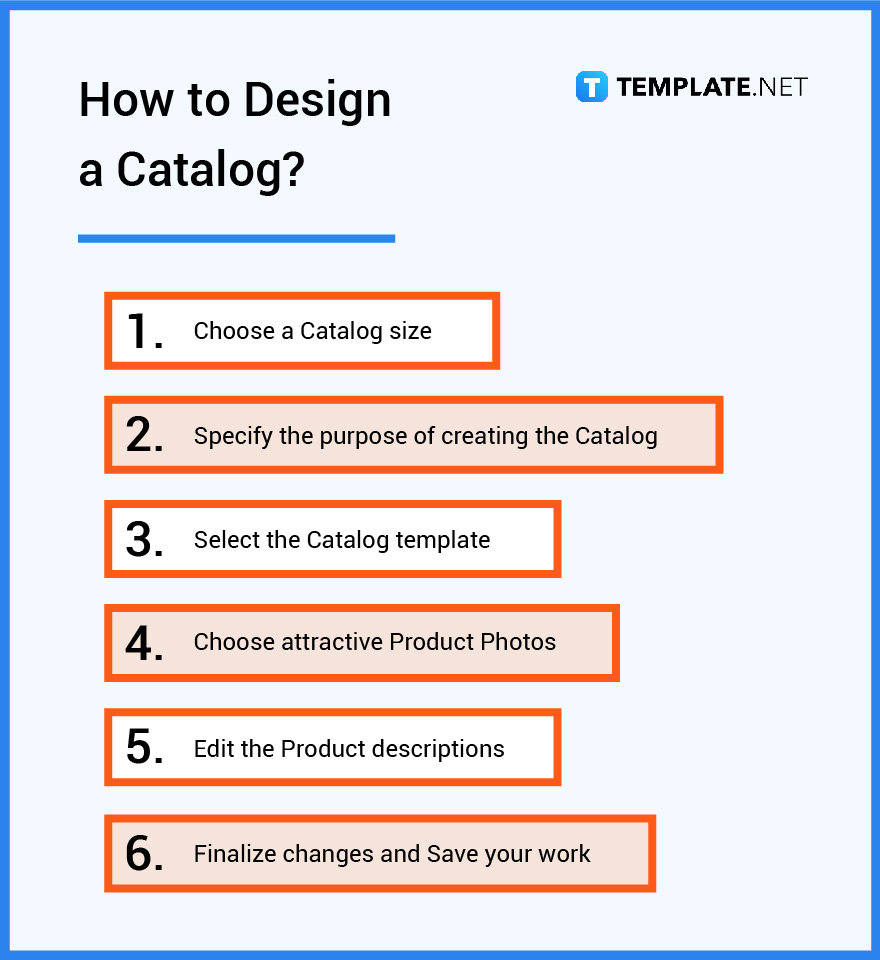
Catalog vs. Catalogue
In the United States, the most common way to spell and write the word is catalog, using American English.
For English-speaking countries, like the United Kingdom, they spell the word with -ue, catalogue.
What’s the Difference Between a Catalog, Booklet, and Lookbook?
Catalogs are lists or registers containing a complete enumeration of items with a systematic arrangement containing descriptive information about brand products or services.
Booklets are small, thin books containing information about a particular subject or topic.
Lookbooks are sets of photographs that show off a model or style common in fashion or design for marketing purposes.
Catalog Sizes
Many companies utilize catalogs to provide an accurate and informative list of products and services. These print materials come in all sizes, depending on how companies want to present their products and services. The section below covers different catalog sizes organizations utilize for their next print.
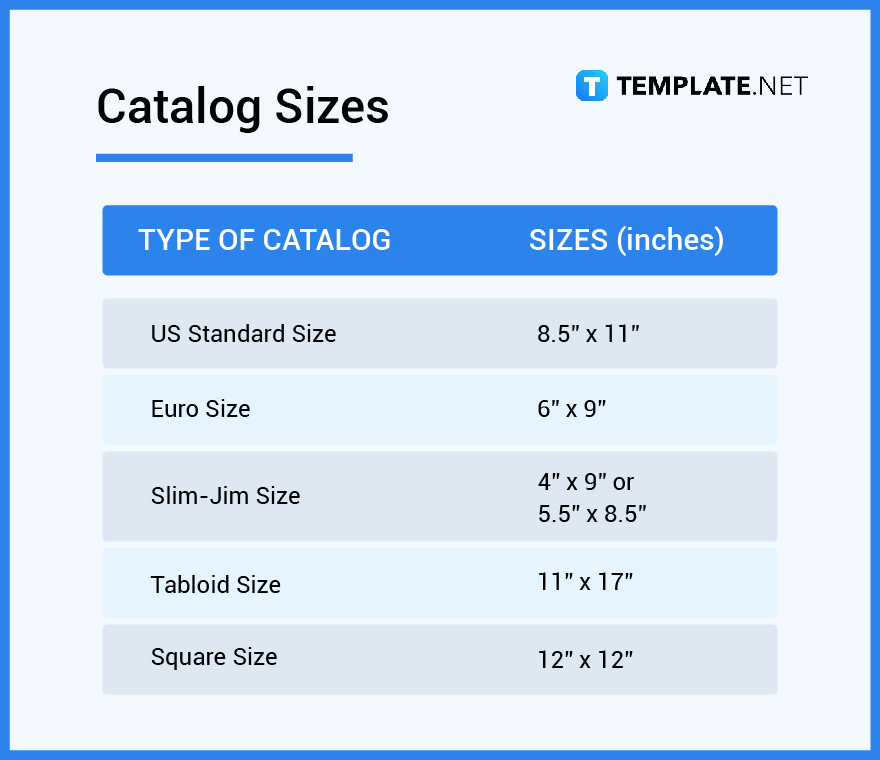
Catalog Ideas and Examples
Catalogs are flexible marketing materials. There are different ways for companies to utilize print to their advantage. The section below encourages organizations to enhance their designs by looking at our selection of catalog ideas and examples.
- Catalog Ideas and Examples
- Fashion Catalog Ideas and Examples
- Ideas and Examples for Shopping Catalog
- Beautiful Ideas for Photography Catalog
- Digital Catalog Ideas and Examples
- Ideas for Furniture Catalog Design
- Jewelry Catalog Ideas and Examples
- Car Catalog Ideas and Examples
- Ideas and Examples for Service Catalog
- Product Catalog Making Ideas and Examples
Catalog FAQs
Why Do Businesses Use Catalogs?
Businesses use catalogs to influence purchase decisions, evoke positive emotions from customers, leverage customer experiences, and deliver ease, convenience, and relaxation.
What Is a Course Catalog?
A course catalog contains an organized, detailed, and descriptive list of courses that an educational institution offers potential students.
How Do I Make a Picture Catalog in Word?
Open the Microsoft Word application, search catalog on the search bar, select a template from the Microsoft Store, and start editing the contents.
How to Create a Beautiful Catalog in Illustrator?
Access Adobe Illustrator on your computer, File, New, then Document, and choose Print and select the catalog size you want to use with a tight layout, compelling images, and quality product information.
What Is a Digital Catalog?
A digital catalog is an online document containing a company’s products and services through direct links, easily navigable on multiple platforms.
How to Delete Pictures from Lightroom Catalog?
To delete or omit photos from catalogs using Lightroom, use the command Ctrl+Alt+Shift+Del for Windows and Command+Option+Shift+Delete for Mac.
How to Add Products to an Instagram Catalog?
Add products to your store on Instagram by clicking the three-tier line icon on the top right corner of the screen, tap Manage Products, then add new, add the item image and description, and then click Save.
How to Make a PDF Catalog in Photoshop?
To create a PDF catalog using Adobe Photoshop, save each file under photoshop document (.psd) format in a single folder, open the application, go to File, then Automate, then PDF presentation, selecting all the files that you want to put into the file, and click Save.
How Can I Export a Folder as a Catalog?
Using Adobe Lightroom, select the images you want to include in the catalog, open the File menu, select Export as Catalog, and create a folder for the catalog.
What Is an Enterprise Data Catalog?
An enterprise data catalog or EDC is a single source document containing the necessary information a person needs to work on data effectively.
More in Catalog







